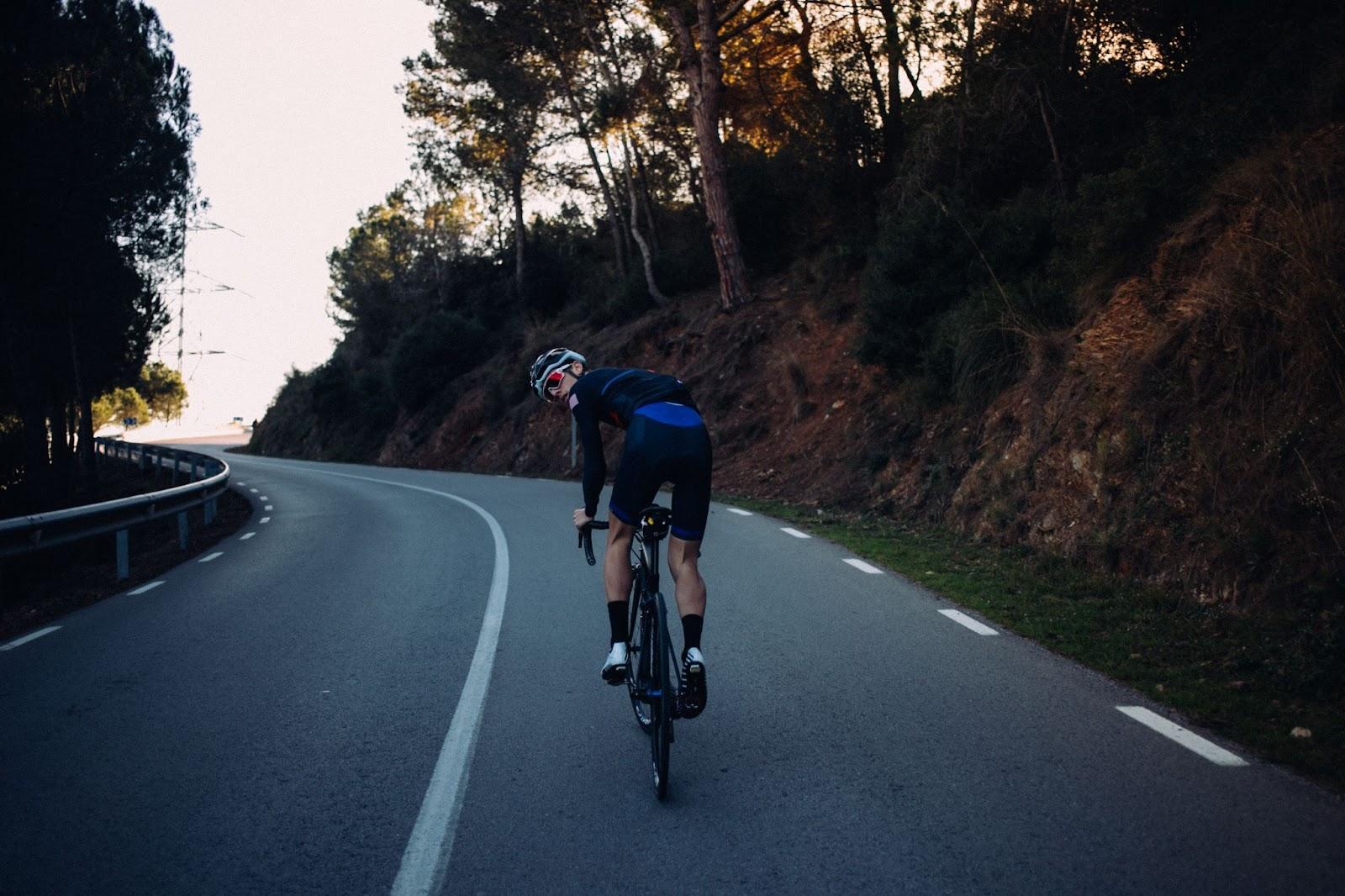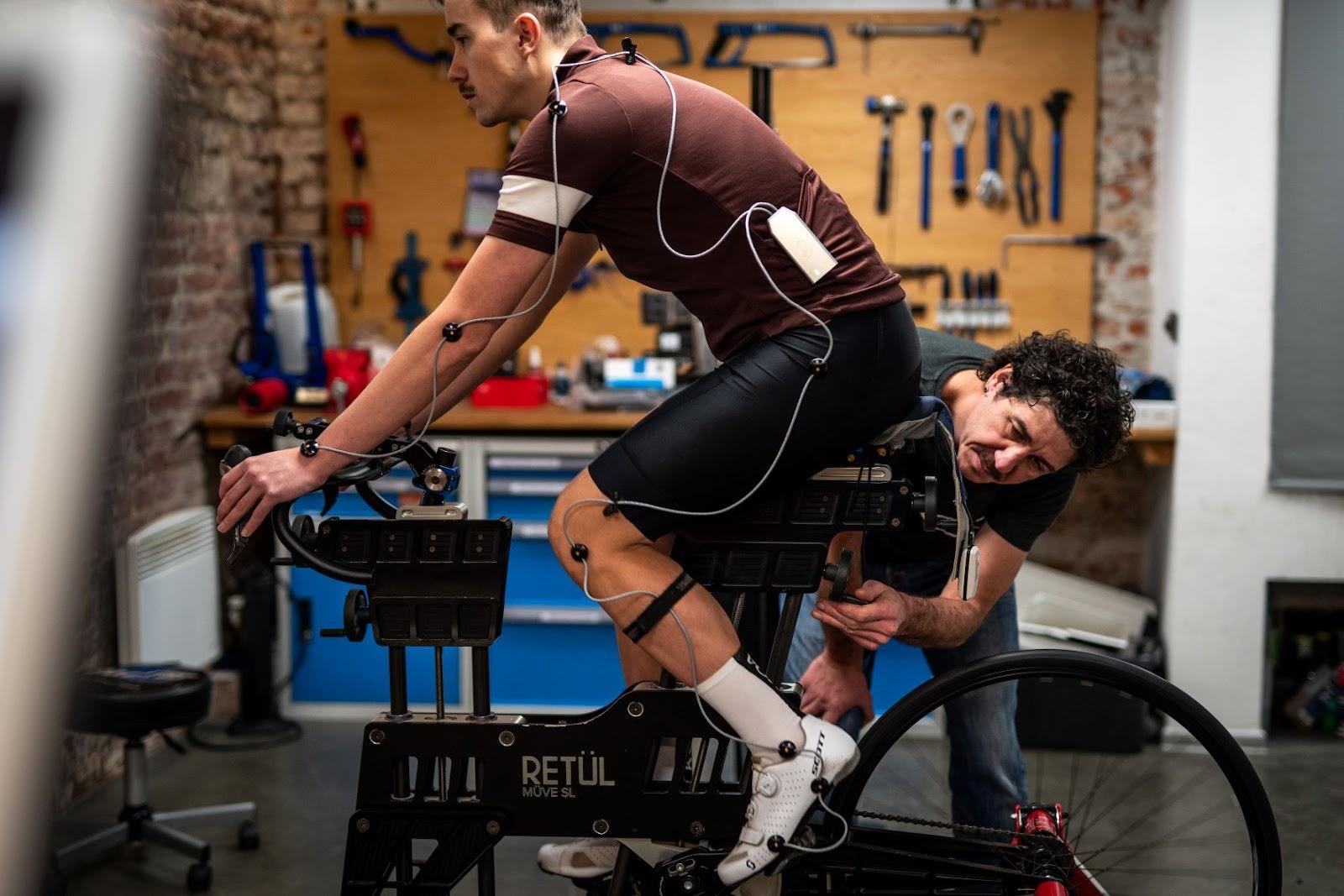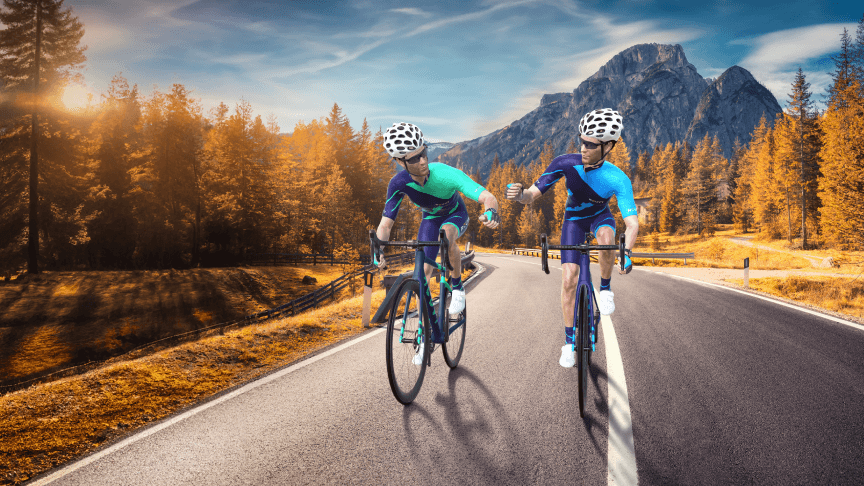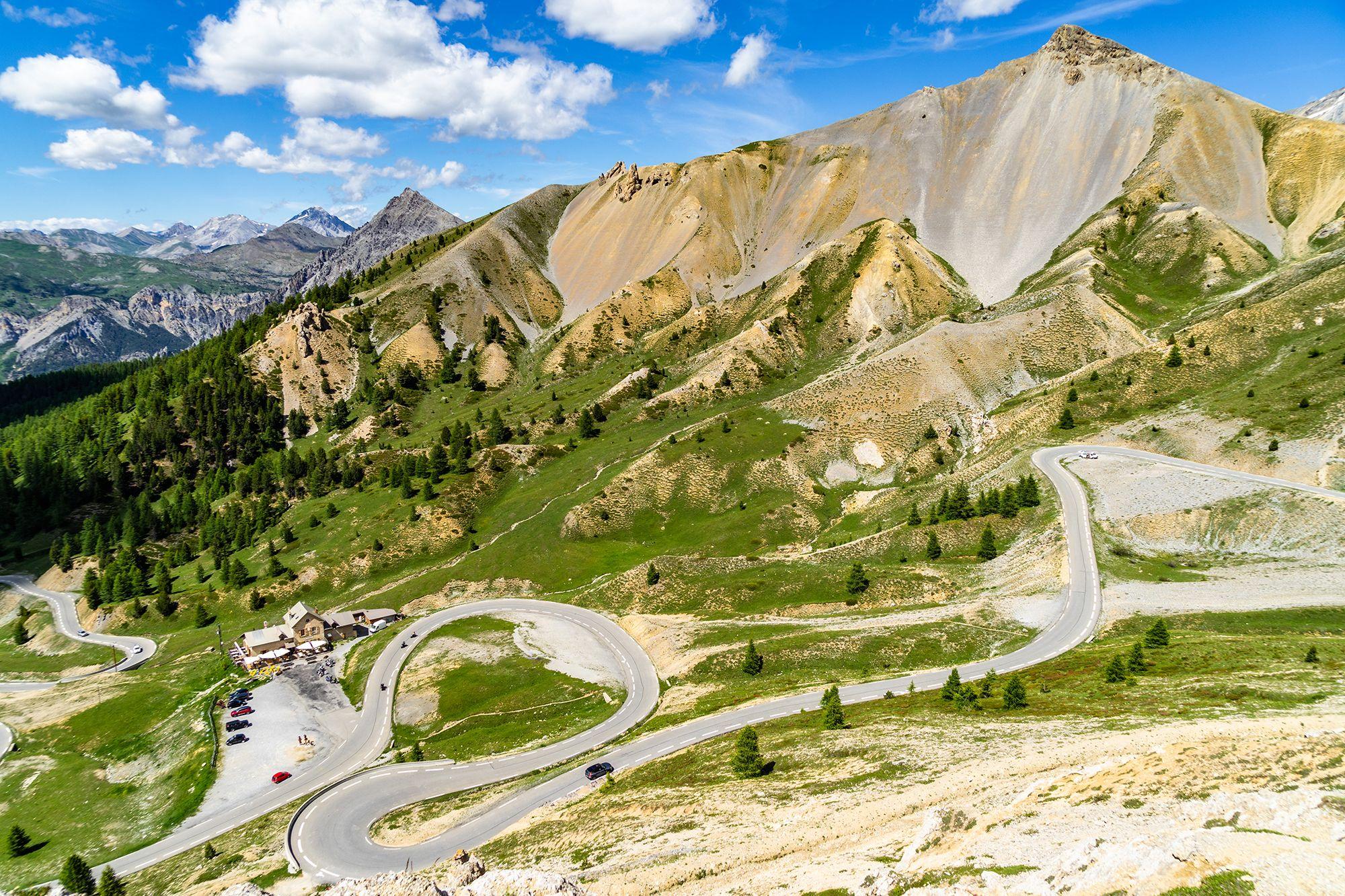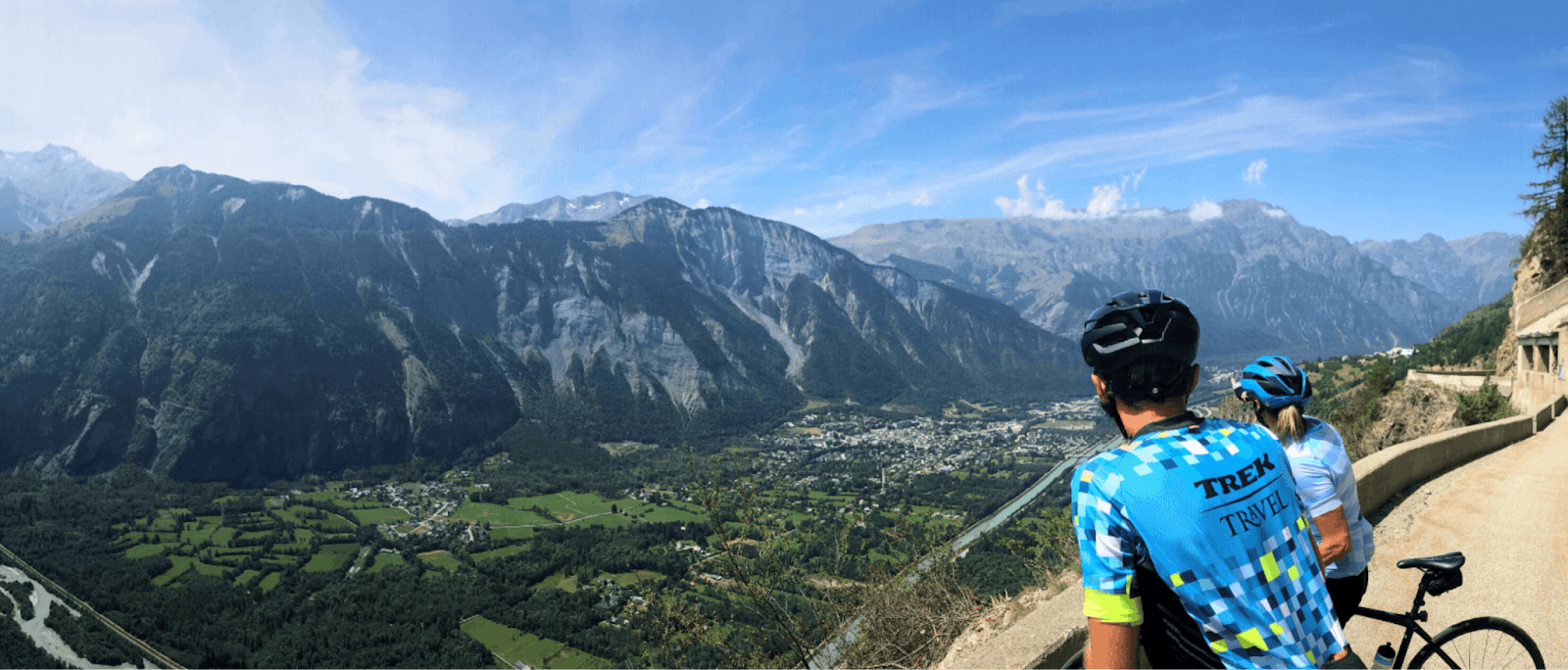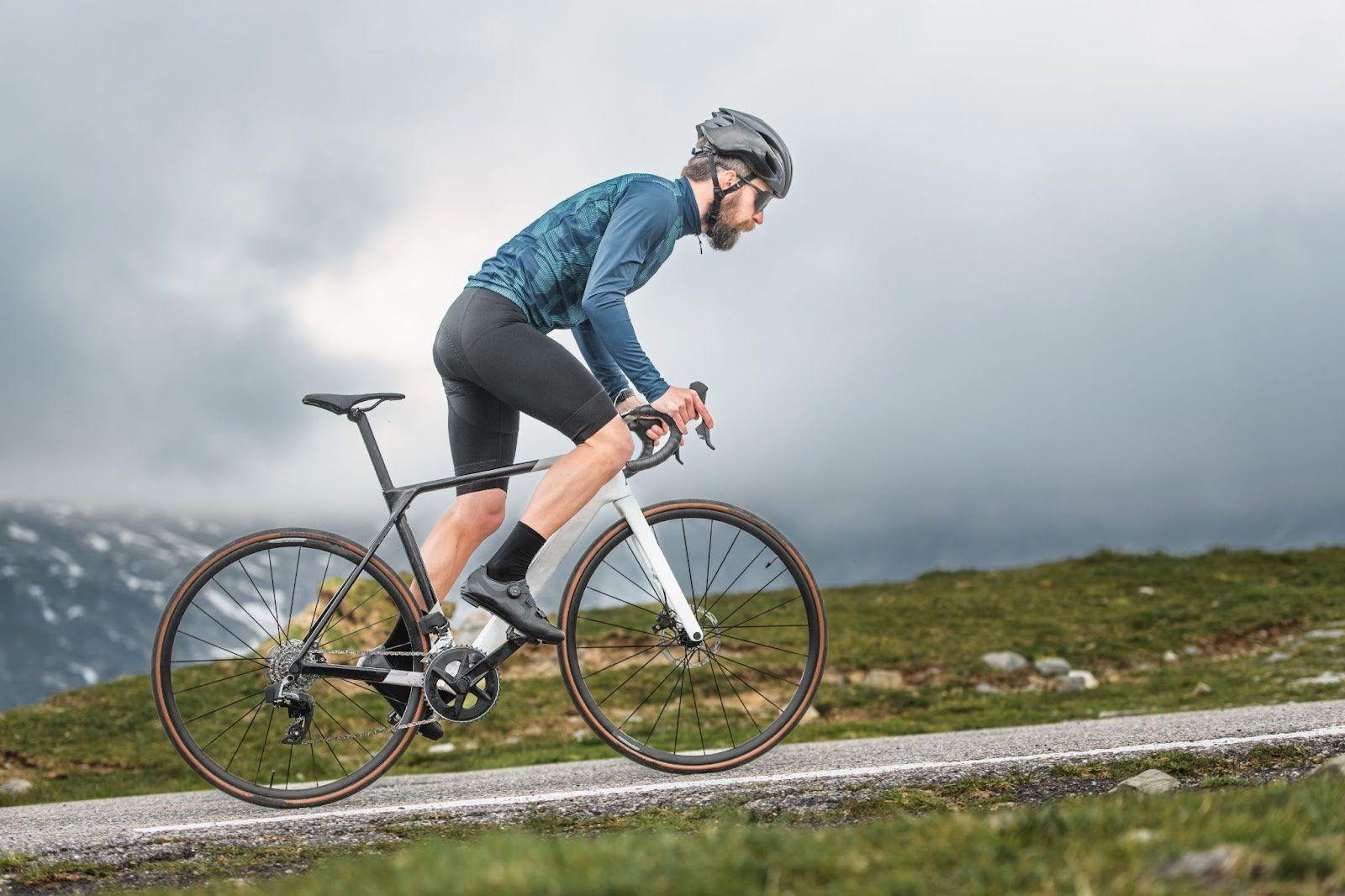Cadence Control
When we speak about cadence, we are talking about the speed your legs move while cycling. It’s measured in RPM (Revolutions Per Minute), and typically most cyclists sit between 60 and 100 RPM. The RPM is controlled by the bike’s gearing. If you are looking for a bike that is going to be excellent at climbing, you will want a bike with lower gear ratios. Click here to read more about gear ratios.
Lower gear ratios means you have the ability to use high cadences on steeper climbs which studies have shown to be more efficient. The best place to learn where your most efficient cadences are is on the turbo trainer.
Improving pedaling efficiency
You can be in the right position and at the perfect cadence, but you still need to be pedaling efficiently. There’s a reason why when you look at professional riders, they look like they are gliding down the road at one with the bike.
When pedaling, it's important for the power to be consistent and the motion to be silky smooth. There’s no point in hammering the pedals in an aggressive motion. It should feel fluent and natural. The more you train like, the better you will climb.
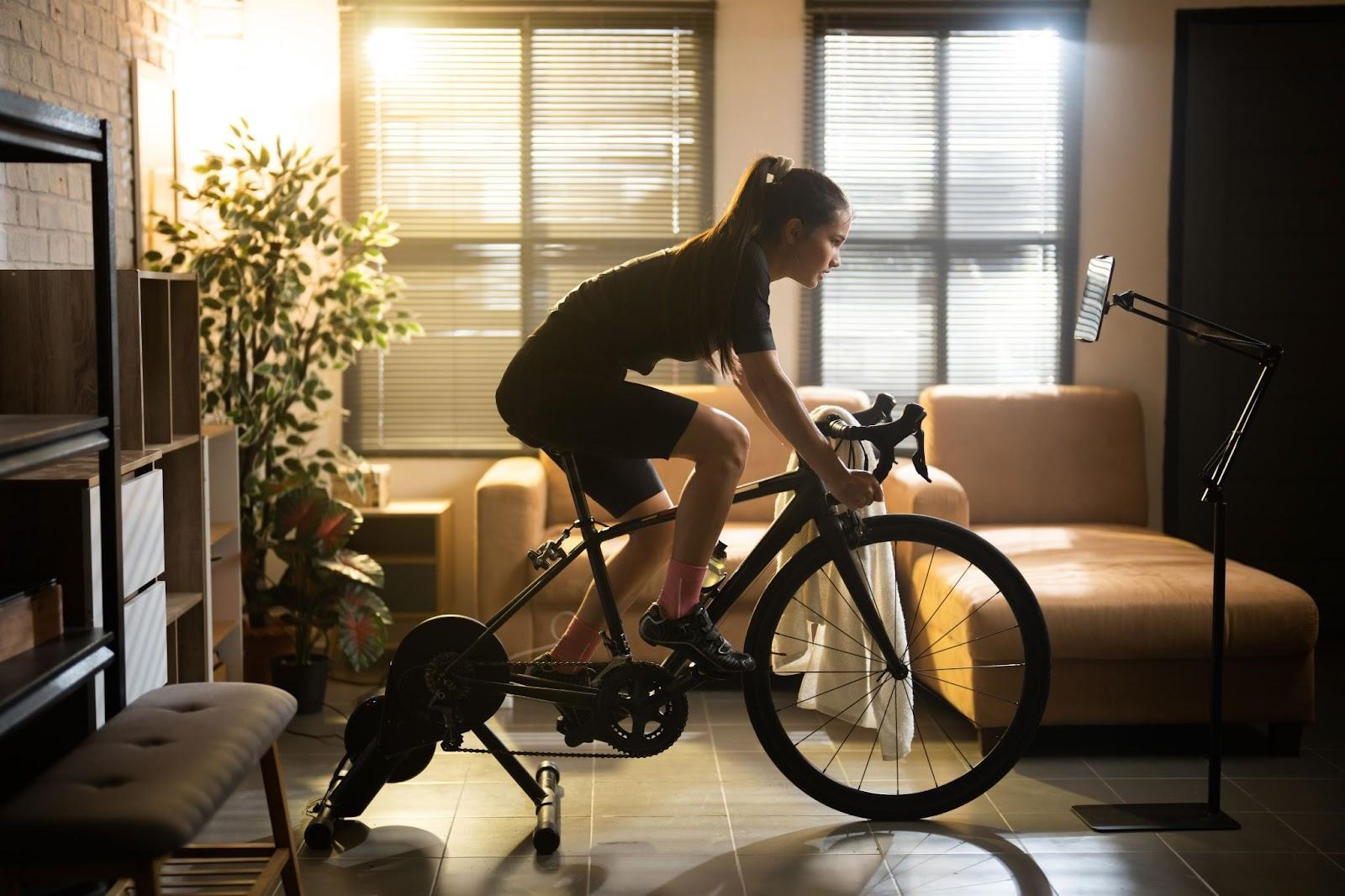
Hill climbing training tips
When it comes to hills, it can be difficult to know how to prepare for them. You might not live near any inclines or generally might not know how to prepare. Here's our advice.
Training For Power
A great way to get your body ready for the climbs is to get into doing some power sessions. When you train for hills, you need to increase the intensity. High-power work pushes your body to levels well above what you might be used to, raising your fitness. Power is measured in Watts, and that’s a metric worth reading about (check out our Watts explainer here).
ROUVY is full of excellent sessions which can help build up the intensity of the training. Increasing the power you can produce, and the intensity at which you can work will improve your fitness. Climbing will get much easier for you, and if it isn’t easier, you will be getting up inclines much faster.
Training For Endurance
Getting up a hill isn’t always about the power you can produce, but it’s also about how long you can produce it for. Not all hills are 20 or 30 seconds. Some can last for minutes, and mountains such as the Taiwan KOM can last hours. Building your aerobic fitness and endurance is vital to becoming a better climber.
It doesn’t mean you must be out riding 6 hours a day, but a well structured 2-3 hour turbo session can give a similar adaptation. Some of the best results for riders come from sitting at 70% of their FTP for 2 to 3 hours regularly. To understand more about FTP check out our article on FTP Essentials.
Training For Strength
Climbing a hill puts a lot of pressure on the legs. The steeper the incline, the more pressure on muscles, tendons, and ligaments. Many pro cyclists turn to strength training to enhance the power and increase the durability of their legs when it comes to taking them to their limits.
Exercises like squats, lunges, and deadlifts are amazing ways to improve your power and durability. They also can help produce more muscle mass, increase your range of motion and flexibility.
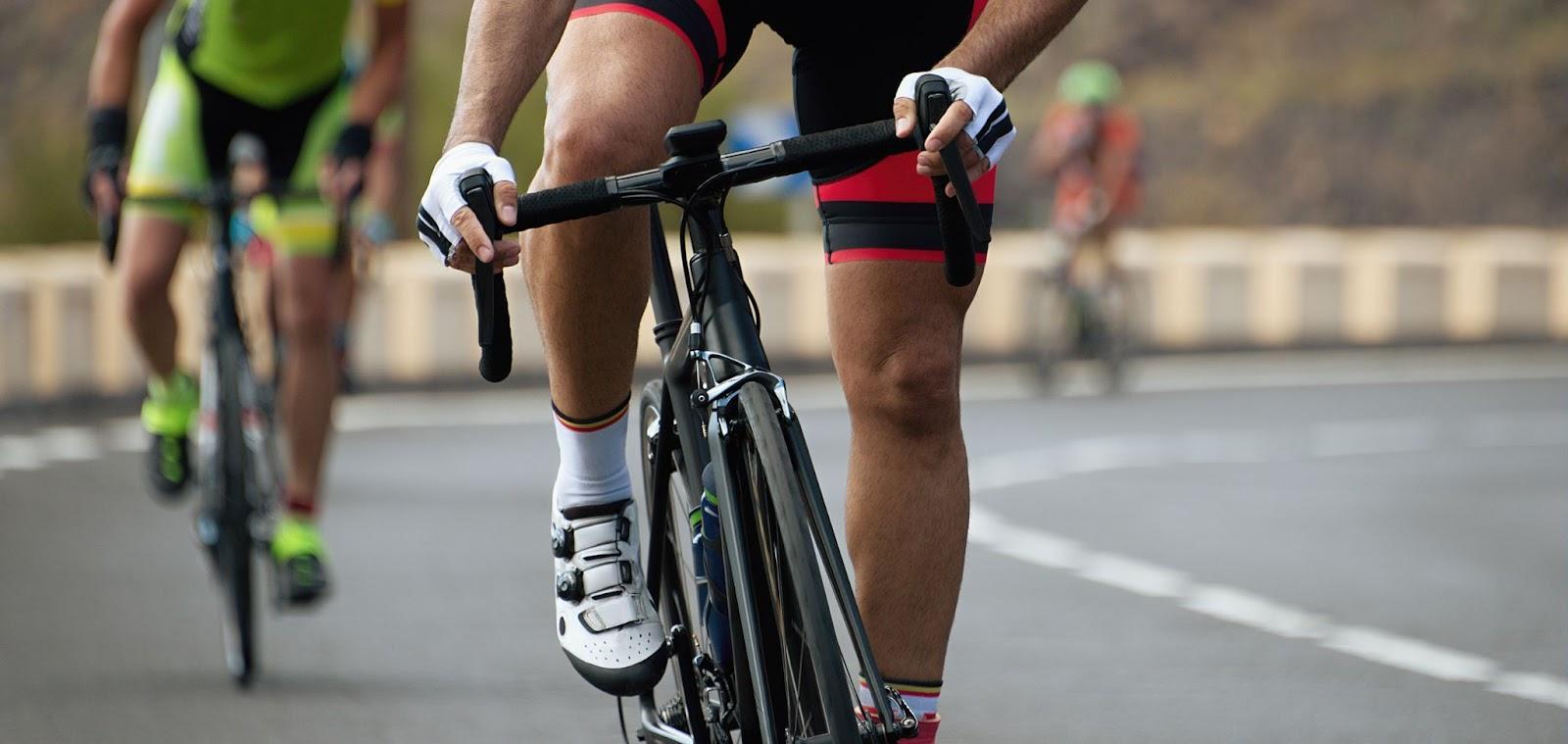
Hill climbing strategy tips
What a lot of people don’t know is when a professional is climbing, they are not just on the limit giving everything they can. They are also thinking about strategies to conquer the climb.
Pacing Is Key
The best climbers are excellent at pacing. They know how much effort they can give depending on if it is a steep or gradual climb. When a good pacer hits the top, they still produce the same power as at the bottom, with fuel left in the tank spare for a good descent. Understanding your riding paces and how long you can sustain them is important.
Pacing is something cyclists struggle to learn. Using a turbo trainer and keeping an eye on your heart rate, power, and how you feel does wonders to help you understand what effort your body can sustain for a certain amount of time.
Choosing seated or standing positions
The position you adopt while climbing a hill can impact your performance. You will see professional cyclists strategically transitioning being seated and standing at the right times to gain an advantage over their competition.
Staying seated on the longer climbs, which are lower gradients, and standing on the steep gradients is an efficient way to climb a hill. This is something you will see some professionals do on switchbacks. As they turn into the corner, they stand to compensate for the gradient of the corner.
Fueling For Climbs
If you're planning a trip into the mountains and want to ride long days out, you must know how to fuel right for the climbs. The best climbers have their nutrition dialed in and know not only when but also what to eat.
When it comes to incline, you need energy and need it fast. Eating carbohydrate-rich foods which are high on the glycemic index are going to give you quick energy, which is going to help you on climbs.
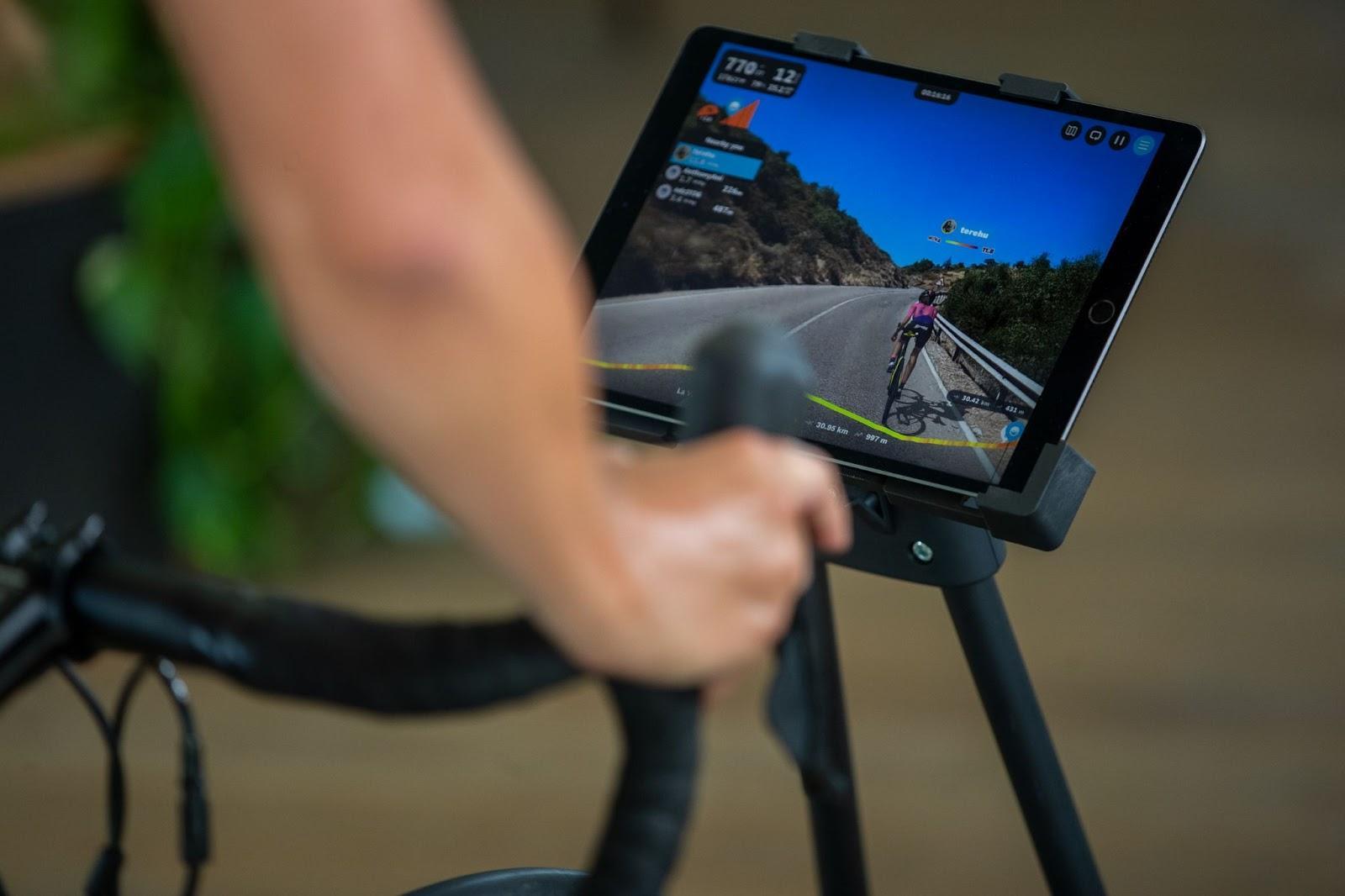
Preparing for hill climbs at home
Training at home on a turbo trainer using the ROUVY application is one of the best ways to become a better climber. Many cyclists prior to attempting challenging sportives or hilly races use ROUVY to prepare themselves for the workload. Here’s how ROUVY increases climbing ability:
- ROUVY has real routes and climbs to practice on so you know what to expect
- It offers the best training structure you can ask for
- Great to help you understand your pacing
- It offers constant resistance, unlike doing hill repetitions
- It can help you practice efficient positioning
- You can see where your most efficient cadences are
- It means you can train all year round and stay consistent no matter the weather
- You can practice fueling at home instead of out on the roads
- A turbo trainer is a great way to track your progress with the extra data
- Being indoors on a turbo trainer can increase pedaling efficiency
There are many great tools you can add to your home trainer such as the Wahoo Kickr Climb or the Elite Rizer. These can adjust the incline and decline of an indoor bike to match the virtual climbing you are doing. We highly recommend them as they add so much value to the indoor experience.
A Final Note
A lot goes into being a good climber on the bike. It takes more than just powerful legs and a lightweight bike. It takes good technique, great fitness, and a race winning strategy. We hope you enjoyed our article and now know how to level up your climbing.
